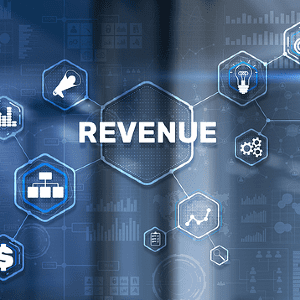 We all talk about when things will return to how they were in 2019 after COVID-19 is long gone. Some are optimistic; others say there’s no going back. Both may be right in various aspects, but it’s important for hoteliers to understand is what will and what will not last from our current ‘quarantine culture’ so that they can pivot operations accordingly.
We all talk about when things will return to how they were in 2019 after COVID-19 is long gone. Some are optimistic; others say there’s no going back. Both may be right in various aspects, but it’s important for hoteliers to understand is what will and what will not last from our current ‘quarantine culture’ so that they can pivot operations accordingly.
Here are some of the trends we’ve seen over the past year that you must consider in terms of how they will affect reservations, ancillary revenues and capital investments. Above all, you must consider which changes to your operations are permanent versus those that will subside as travel restrictions relax later in the calendar year.
- Hypersensitivity to cleaning procedures and PPE enforcement
- Flexible cancellation or rebooking policies
- Inventory booking buffers at either 24-hour or 48-hour intervals whereby no one enters a room for that period after checkout
- Domestic, drive-to, train-to and other short-haul destination popular in response to the stigma and restrictions on international air travel, with profound implications for sales and marketing
- Standalone resort villas or cottages with an exterior entrance and an emphasis on seclusion or distance from other guests and staff
- Emphasis of guestroom or public space features that highlight physical distancing or sanitization such as balconies or terraces, exterior corridors, room windows that open, private entrances or elevators and separated or high-tech ventilation systems
- Other more esoteric, outdoor-oriented forms of alternate lodgings such as camping, glamping, yurts, RVs and canal boats or boathouses, with wiggle room for hybrid accommodation packages that bundle the aforementioned with a traditional room as a home base
- Extended stay or serviced apartments with self-catering amenities like kitchenettes and contactless food delivery
- In-room amenities that focus on wellness, fitness, beauty, entertainment or productivity
- Contactless and cashless meal options including expanded grab-and-go outlets where no FOH staff are required, low-touch vending machines (such as the automated ones that produce specialty coffee drinks or pizzas without any labor besides restocking or maintenance) and room service or curbside pickup via messaging apps
- Enabling of hybrid meetings via videoconferencing solutions, virtual tours, digital concierge, full-floor or room section buyouts and other tools to expedite the booking process for small groups
- More physical distancing and contact tracing measures in place for meeting spaces as well as contactless catering and on-demand booking options
- Reconfiguration of the business center or of suites and connected rooms to accommodate digital nomads and remote workers (both short-term and extended stay)
- All other manner of hardware and software to make the guest experience more contactless, including those technologies that can automate staff roles to lower labor costs
From this summary list, the underlying lesson is that hotel brands must continue to adapt to the demands of a quarantine culture which will last far longer than the virus itself. Some customers will want the proper, high-touch hotel experience that they miss so dearly since 2019, but many others will want their travel experiences to be totally contactless for the foreseeable future.
Then consider how a tiered reopening of international travel and the long march towards herd immunity will impact the abovementioned trends. While the surge back will happen fast, and you must still be ready to shift on a dime for whichever territories lift their restrictions first. In order to appease all travelers during a heavy increase to occupancy numbers, though, you must continue to implement solutions that fit within the molds of this quarantine culture.
Even within the relative safety of a travel bubble, the legacy of pandemic will necessitate a permanent reorientation to a myriad of the listed adaptations depending on the vision for your brand. The silver lining here is that many of the tools that help with Covid safety also aid in cost reductions in other areas, so it behooves you to look at the lasting legacy of this coronavirus and not just its near-term disruptions.


















